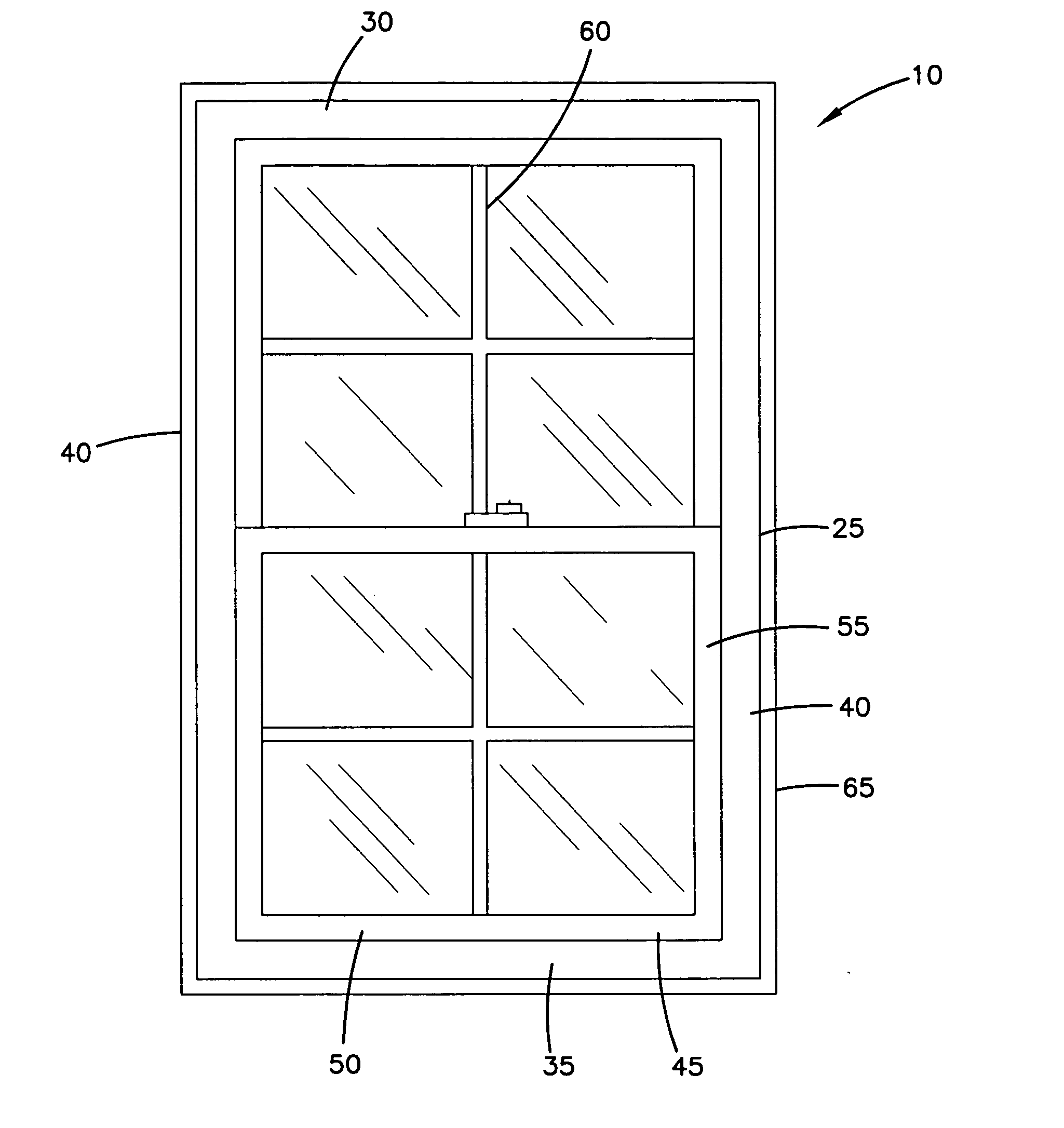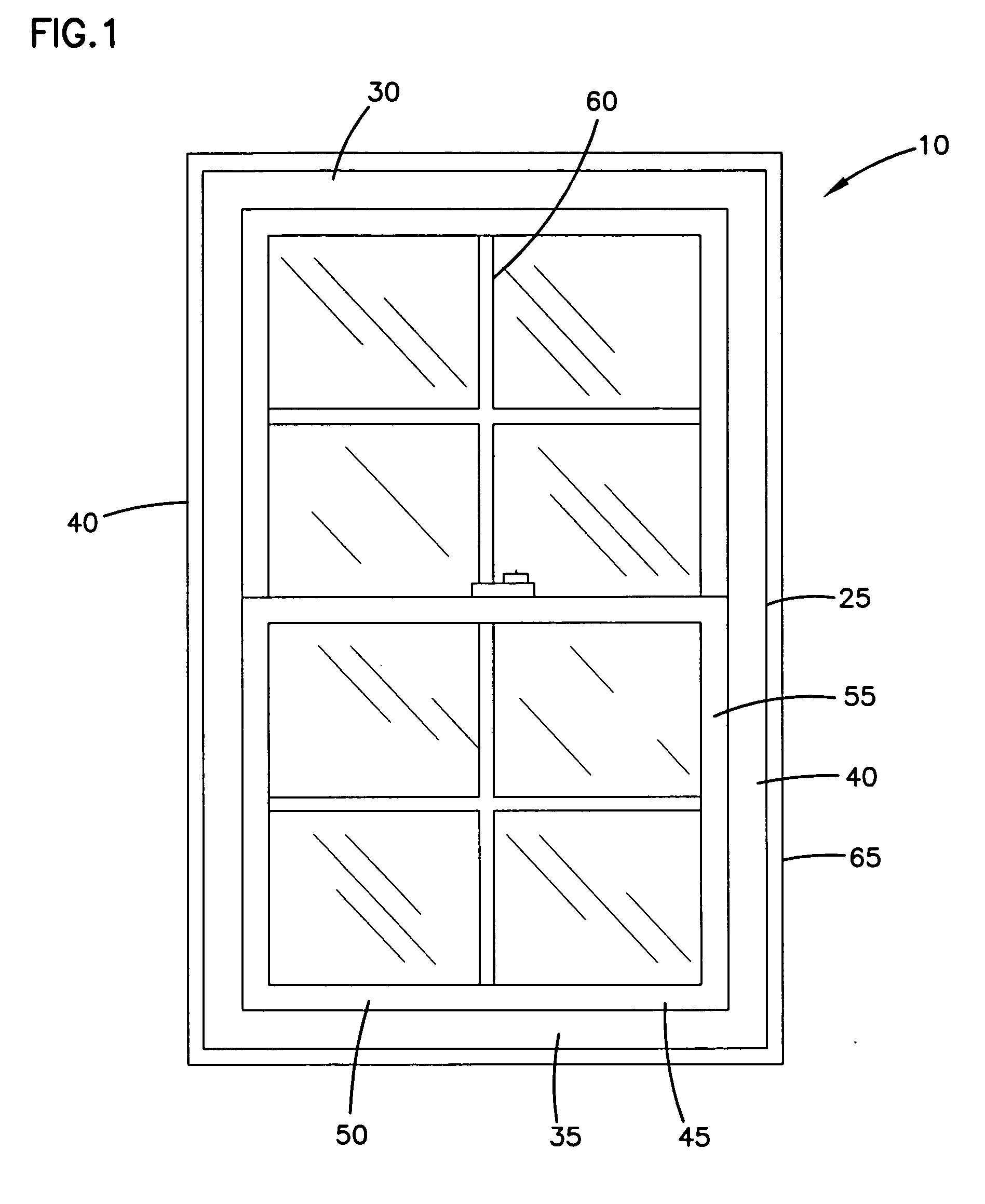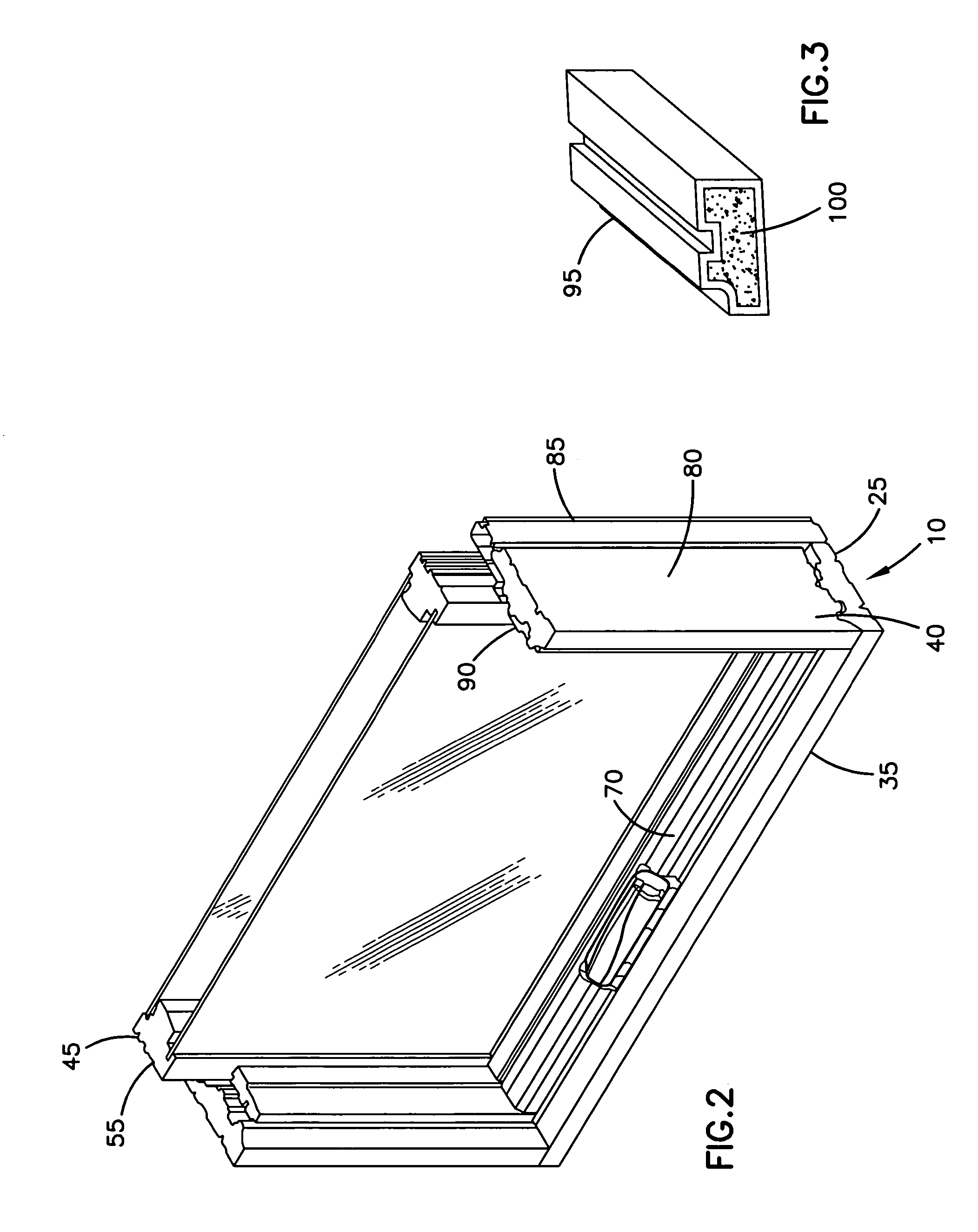Biopolymer structures and components
a technology of biopolymer and structure, applied in the field of biopolymer structure and components, can solve the problems of low cost fillers, degrading some of the qualities of plastics, and difficult processing
- Summary
- Abstract
- Description
- Claims
- Application Information
AI Technical Summary
Benefits of technology
Problems solved by technology
Method used
Image
Examples
example 1
Biopolymer Production by Thermal Kinetic Compounding
[0156] The present example describes preparation of a biopolymer according to the present invention and that included fermentation solid (e.g., DDG, a particular fermented protein solid), polypropylene, and maleated acid. For example, these components were taken in a ratio of 60 / 38 / 2 and were compounded using a Gelimate G1 thermal kinetic compounder. The other ratios listed in the table were compounded according to the same procedure. Compounding was conducted at 4400 RPM; the material was and ejected from the compounder at a temperature of 190° C. The polypropylene was a commercial product called SB 642 and supplied by Basell Coproration. The biopolymer left the compounder as a dough like mass that resembled bread dough (soft or raw biopolymer). The soft or raw biopolymer was granulated in a conventional knife grinding system to create pellets.
[0157] Pellets of the present biopolymer were injection molded in a standard “dogbone”...
example 2
Biopolymer Production by Extrusion
[0163] The following extrusion parameters have been employed for producing a biopolymer according to the present invention.
Conical Counter Rotating ExtruderRT (Resin Temperature)178 C.RP (Resin Pressures) 11.9Main Motor (%) 32.3%RPM 3.7D2 (Die Temperature Zone 2)163D1 (Die Temperature Zone 1)180AD (Die)180C4 (Barrel Heating Zone 4)177C3181C2194C1208Screw Temperature149
(Temperature in Degrees C.)
(Equipment TC85 milicron CCRE)
[0164] An admixture of 15% polypropylene (“PP”) and 85% DDG blended@ 7%MC was compounded using a high shear compounding system, then extruded at the above processing parameters through a hollow die system. Note that DDG contains protein, fiber, fat, and ash components. The second tests used 15% PP and 85% cellulose fiber (wheat) as a comparison in the exact same process, equipment and process parameters above.
[0165] In an initial comparison of the testing of this embodiment, there were many differences between the embodimen...
PUM
| Property | Measurement | Unit |
|---|---|---|
| temperatures | aaaaa | aaaaa |
| temperatures | aaaaa | aaaaa |
| temperatures | aaaaa | aaaaa |
Abstract
Description
Claims
Application Information
 Login to View More
Login to View More - R&D
- Intellectual Property
- Life Sciences
- Materials
- Tech Scout
- Unparalleled Data Quality
- Higher Quality Content
- 60% Fewer Hallucinations
Browse by: Latest US Patents, China's latest patents, Technical Efficacy Thesaurus, Application Domain, Technology Topic, Popular Technical Reports.
© 2025 PatSnap. All rights reserved.Legal|Privacy policy|Modern Slavery Act Transparency Statement|Sitemap|About US| Contact US: help@patsnap.com



